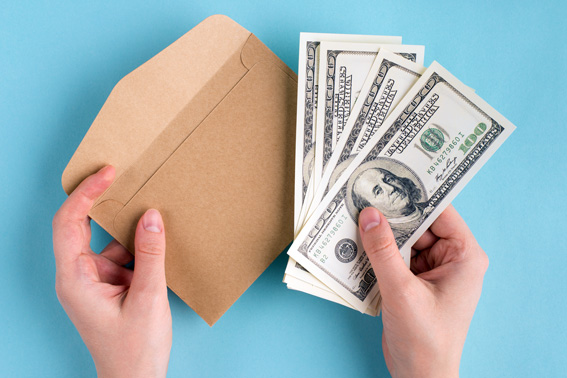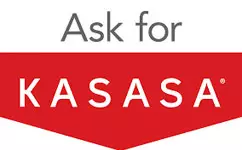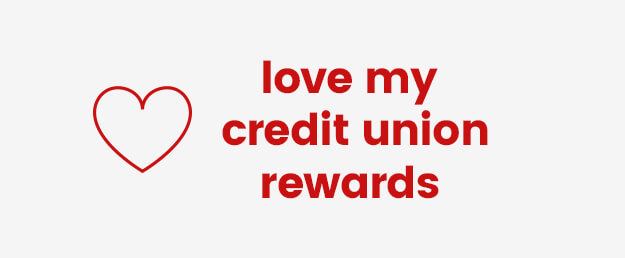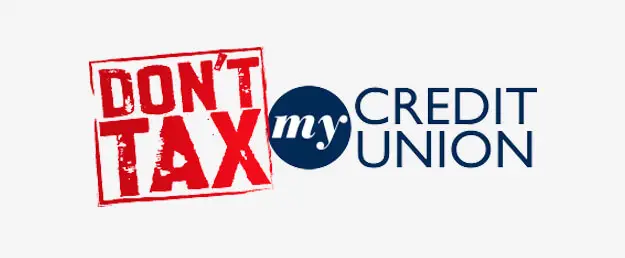
Which Money Hack is Right For You? Sticky Note Saving vs. Cash Stuffing
- By DEXSTA
- 2.07.2024
- Education,Latest News
It seems like every month, the TikTok hive mind churns out another viral money hack that promises to improve your finances. But are they too good to be true? Find out what we discovered about two popular personal finance methods: cash stuffing and sticking note saving.
Viral Money Hack #1: Cash Stuffing
Thanks to #MoneyTok, the cash-stuffing method has gained huge popularity among Gen Z. The strategy eliminates digital purchases and makes budgeting more tangible. Here’s how it works:
Step 1: Make a list of monthly expenses using your checking account’s transaction history for reference. The categories can be general. For example, your list should include rent or mortgage payments, household utilities, insurance, gas, food, entertainment, and gas.
Step 2: Once you know what you typically spend monthly in each category, you can set spending limits for each. It helps to follow the 50/30/20 budget strategy, which splits spending into three categories. According to this approach, 50% of your net income goes to needs, 30% to wants, and 20% to savings and debt. Many find this rule helpful for evaluating where they can cut back.
Step 3: Add up the spending limits for each category and make a cash withdrawal in that amount.
Step 4: Here’s where the “cash stuffing” comes in: Grab envelopes and write the categories on each. Stuff the envelopes with cash equal to the allocated spending limit.
Step 5: Don’t use debit or credit cards. You can only use the money in the envelopes, so avoid dipping into other categories to cover your “wants.”
The cash-stuffing method effectively curbs impulse buys, and the visual element lets people see where their money is going. If you need motivation to save, cash-stuffing could be for you! However, if you find paying your rent, bills, and insurance incredibly inconvenient, only take out the cash amounts for “want” categories and set up automated payments to your savings account and debt balances—that way, you can have the best of both worlds!
Viral Money Hack #2: Sticky Note Saving
Saving for a big purchase can be daunting, but the sticky note-saving system makes it less overwhelming. Here’s how it works:
Step 1: Find a box (a shoe box will work) and write your saving goal (not the amount) on it. An example would be writing “Trip to Italy,” not “$8,000.”
Step 2: Write amounts between 1 and 100 on individual sticky notes and place them in a separate box.
Step 3: Every day for 100 days, pull out one sticky note from the first box and place the cash amount in the second box. If the goal exceeds $5,000.00, extend the deadline and increase the amount of sticky notes.
Sticky note saving is a fun way to honor your goals and intentions. Plus, it supports staying focused and on track. Unfortunately, by saving cash in a box, the practice sacrifices the interest it could accumulate in a savings account. As an alternative approach, set up a separate high-yield savings account. Give yourself a reasonable deadline for reaching your goal and use that to inform how much you will save each week. Next, set up automatic transfers to your goal account.
While our option isn’t as creative, it is more strategic. To make the most of your money, consider opening a free Kasasa cash account and Kasasa Saver account at DEXSTA. The purchase rewards are automatically transferred to your Kasasa Savings, which has a 0.10% APY, so you can succeed faster!
Banking With DEXSTA Is the Ultimate Money Hack
Viral or not, the best money hacks are the ones that make managing your finances easy. That’s why DEXSTA members enjoy benefits like high-yield account options, low fees and interest rates, and custom purchase limits. Apply for membership today and enjoy the many perks of banking with DEXSTA!




